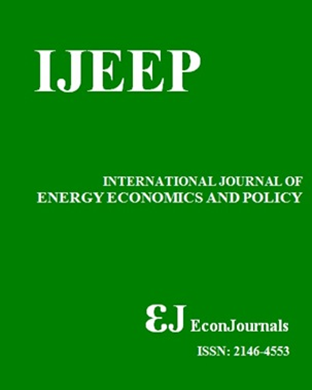Foreign Direct Investment, Trade Openness and Carbon Emission Nexus: Brics Plus Analyses
DOI:
https://doi.org/10.32479/ijeep.18672Keywords:
BRICS Plus, Trade Openness, Carbon Emissions, Pollution Haven Hypothesis, Environmental Kuznets Curve, Porter hypothesisAbstract
The international community has been experiencing global warming and climate change, such had a widespread impact on human and natural systems. The global carbon emission has exhibited a rapid increase over the years. Some of the BRICS plus countries are attempting to curb carbon emission, while conserving electricity and preserving economic growth. Hence, sustainable low-carbon economies are being developed by many countries especially as environmental pollution becomes increasingly severe. The study examines the nexus between foreign direct investment (FDI), trade openness, and carbon emissions in BRICS plus countries, namely Brazil, Russia, India, China, South Africa, United Arab Emirates, Iran, and Egypt. Panel econometric methods such as the panel autoregressive distributed lag was conducted on yearly data spanning from 2001 to 2020. FDI and trade openness were found to be positive and significant contributors to carbon emission in the BRICS plus countries in the long run. Based on the outcomes of this study, FDI and trade openness play a significant role in the BRICS plus countries. It is recommended that before the introduction of foreign investors, the environmental impact of FDI should be assessed first.Downloads
Downloads
Published
2025-06-25
How to Cite
Kgomo, D. M., & Zhanje, S. (2025). Foreign Direct Investment, Trade Openness and Carbon Emission Nexus: Brics Plus Analyses. International Journal of Energy Economics and Policy, 15(4), 411–421. https://doi.org/10.32479/ijeep.18672
Issue
Section
Articles




